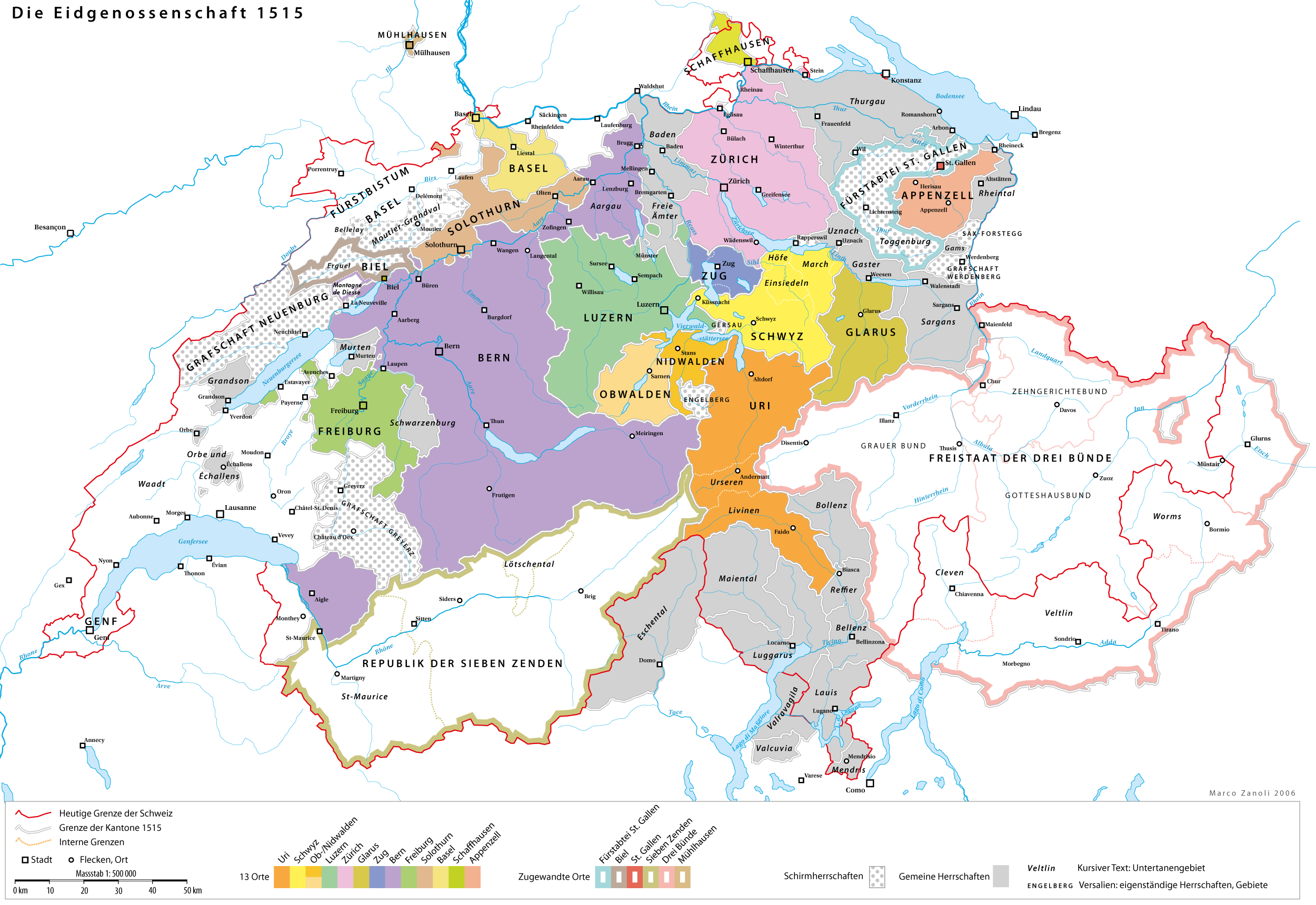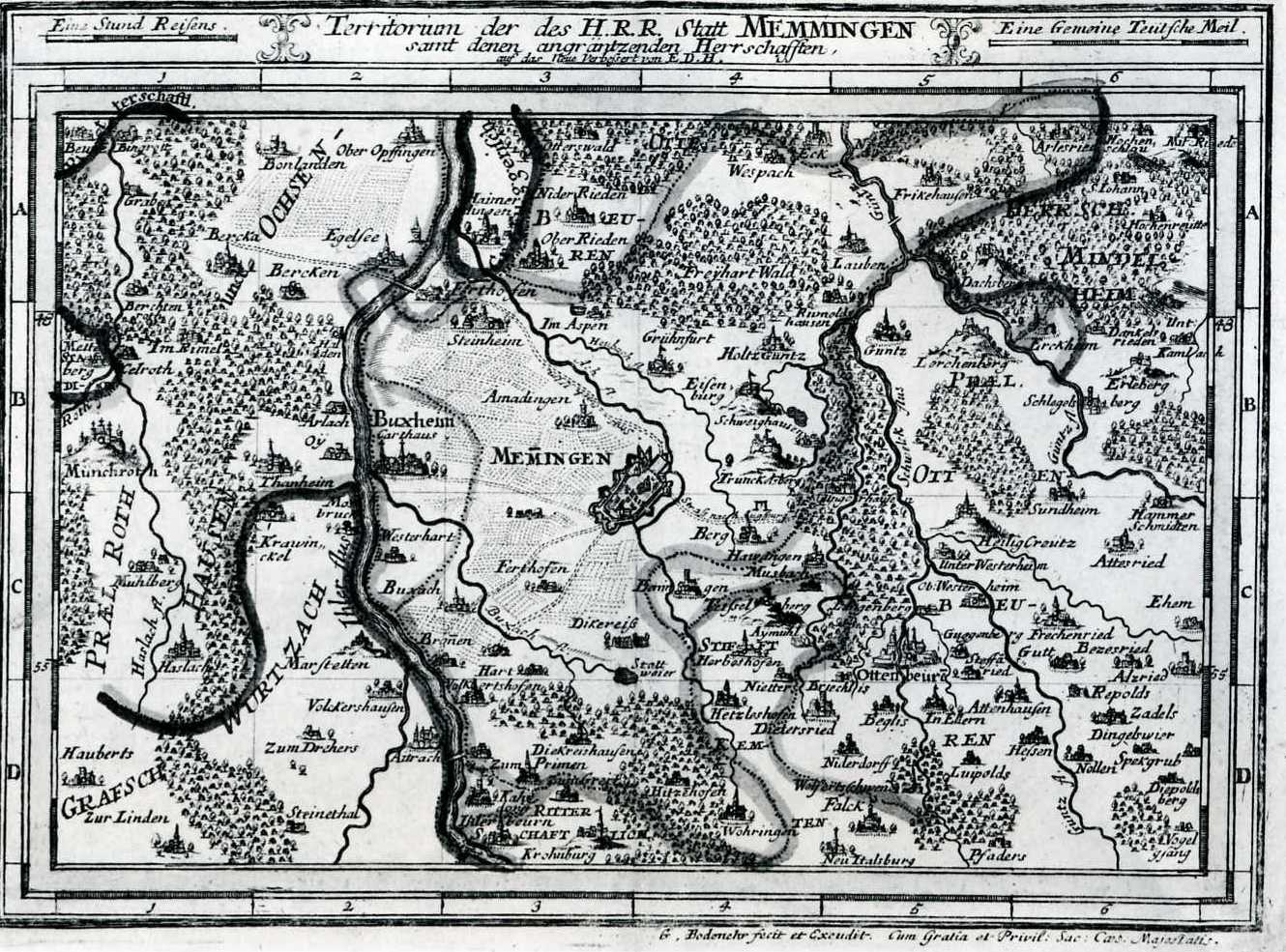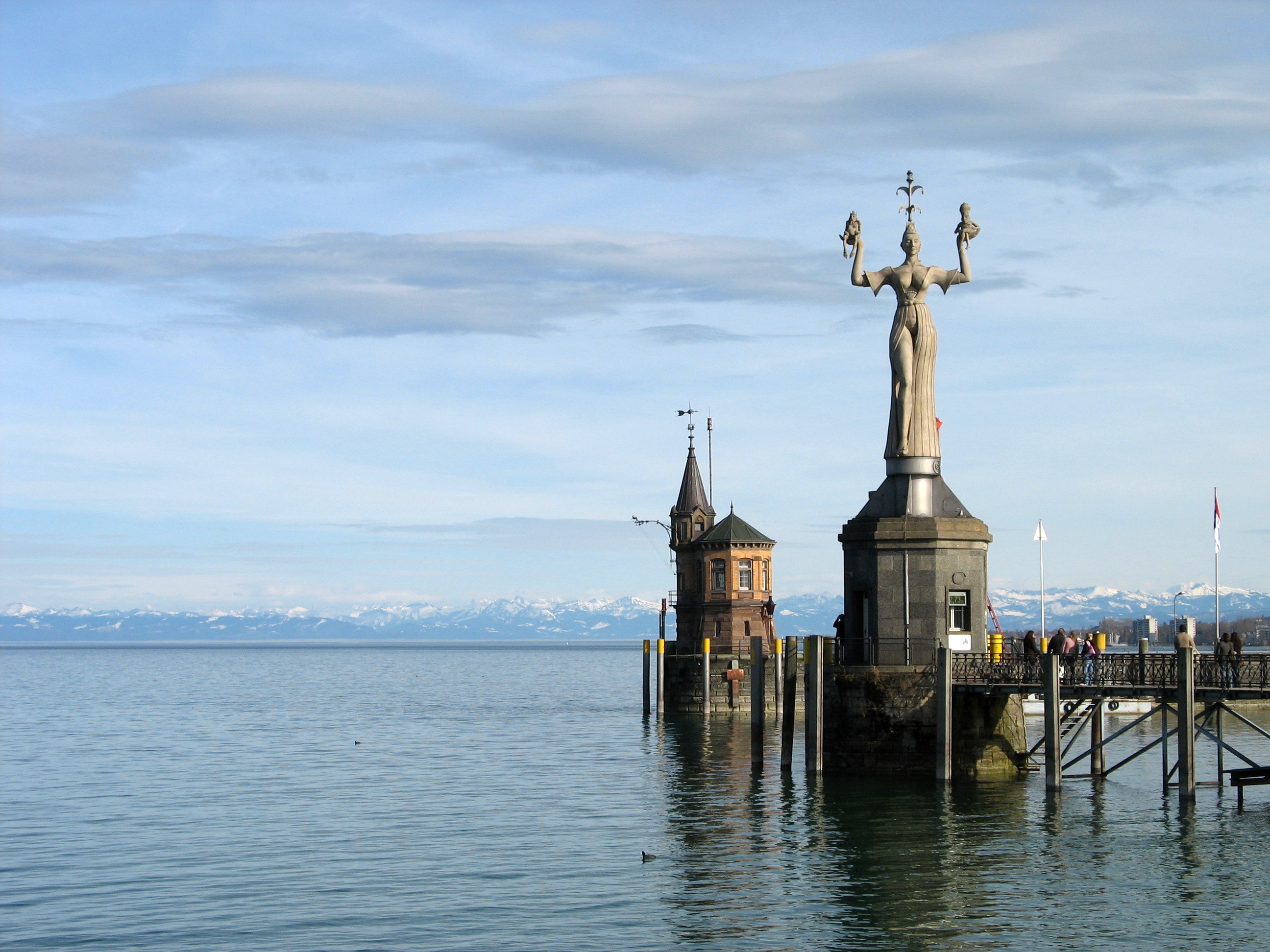|
Sacramentarianism
The Sacramentarians were Christians during the Protestant Reformation who denied not only the Roman Catholic transubstantiation but also the Lutheran sacramental union (as well as similar doctrines such as consubstantiation). During the turbulent final years of Henry VIII's reign an influential faction of religious conservatives had dedicated themselves to rooting out what they considered heresy in English society, including the denial of the real presence in the sacrament of the Eucharist ("sacramentarianism"). The king had stopped burning heretics in 1543 and within a few years the divide between religious parties in English society gave rise to intense conflict, and ten radical Christians were executed. Women were less likely to be among those so condemned; even so, Anne Askew, a writer from an important Lincolnshire family with family connections to the royal household, was tortured and burned on July 16 as part of a campaign to undermine Queen Katherine Parr, herself suspecte ... [...More Info...] [...Related Items...] OR: [Wikipedia] [Google] [Baidu] |
Andreas Karlstadt
Andreas Rudolph Bodenstein von Karlstadt (148624 December 1541), better known as Andreas Karlstadt, Andreas Carlstadt or Karolostadt, in Latin, Carolstadius, or simply as Andreas Bodenstein, was a German Protestant theologian, University of Wittenberg chancellor, a contemporary of Martin Luther and a reformer of the early Reformation. Karlstadt became a close associate of Martin Luther and one of the earliest Protestant Reformers. After Frederick III, Elector of Saxony concealed Luther at the Wartburg (1521–1522), Karlstadt and Thomas Müntzer started the first iconoclastic movement in Wittenberg and preached theology that was viewed as Anabaptist, but Karlstadt and Müntzer never regarded themselves as Anabaptists. Karlstadt operated as a church reformer largely in his own right, and after coming in conflict with Luther, he switched his allegiance from the Lutheran to the Reformed camp, and later became a radical reformer before once again returning to the Reformed t ... [...More Info...] [...Related Items...] OR: [Wikipedia] [Google] [Baidu] |
Real Presence Of Christ In The Eucharist
The real presence of Christ in the Eucharist, sometimes shortened Real Presence'','' is the Christian doctrine that Jesus Christ is present in the Eucharist, not merely symbolically or metaphorically, but in a true, real and substantial way. There are a number of Christian denominations that teach that Christ is truly present in the Eucharist, including Catholicism, Eastern Orthodoxy, Oriental Orthodoxy, the Church of the East, the Moravian Church, Lutheranism, Anglicanism, Methodism and Irvingianism, as well as Baptists (including the historic General Baptists and Particular Baptists strands) and Reformed traditions (including the Continental Reformed, Presbyterian, Congregationalist traditions). The differences in the teachings of these Churches primarily concern "the mode of Christ's presence in the Lord's Supper". Efforts at mutual understanding of the range of beliefs by these Churches led in the 1980s to consultations on '' Baptism, Eucharist and Ministry'' by t ... [...More Info...] [...Related Items...] OR: [Wikipedia] [Google] [Baidu] |
Sacraments
A sacrament is a Christian rite which is recognized as being particularly important and significant. There are various views on the existence, number and meaning of such rites. Many Christians consider the sacraments to be a visible symbol of the reality of God, as well as a channel for God's grace. Many denominations, including the Catholic, Lutheran, Presbyterian, Anglican, Baptist, Methodist, and Reformed, hold to the definition of sacrament formulated by Augustine of Hippo: an outward sign of an inward grace, that has been instituted by Jesus Christ. Sacraments signify God's grace in a way that is outwardly observable to the participant. The Catholic Church, Hussite Church and the Old Catholic Church recognize seven sacraments: Baptism, Penance (Reconciliation or Confession), Eucharist (or Holy Communion), Confirmation, Marriage (Matrimony), Holy Orders, and Anointing of the Sick (Extreme Unction). The Eastern Churches, such as the Eastern Orthodox Church and Orien ... [...More Info...] [...Related Items...] OR: [Wikipedia] [Google] [Baidu] |
Helvetic Confession
The Helvetic Confessions are two documents expressing the common belief of Reformed churches, especially in Switzerland, whose primary author was the Swiss Reformed theologian Heinrich Bullinger. The First Helvetic Confession (1536) contributed to the confessional unity of the Protestant cantons of Switzerland against the Roman Catholic cantons, whereas the Second Helvetic Confession (1566) contributed to the confessional unity of Reformed churches across Europe, particularly due to the patronage it received from Frederick III, Elector Palatine, who had it translated into German. First Helvetic Confession The First Helvetic Confession (), known also as the Second Confession of Basel, was drawn up in Basel in 1536 by Heinrich Bullinger and Leo Jud of Zurich, Kaspar Megander of Bern, Oswald Myconius and Simon Grynaeus of Basel, Martin Bucer and Wolfgang Capito of Strasbourg, with other representatives from Schaffhausen, St Gall, Mühlhausen and Biel. Bucer and Capito in p ... [...More Info...] [...Related Items...] OR: [Wikipedia] [Google] [Baidu] |
Confession Of Augsburg
The Augsburg Confession (), also known as the Augustan Confession or the Augustana from its Latin name, ''Confessio Augustana'', is the primary confession of faith of the Lutheran Church and one of the most important documents of the Protestant Reformation. The Augsburg Confession was written in both German and Latin and was presented by a number of German rulers and free-cities at the Diet of Augsburg on 25 June 1530. The Holy Roman Emperor, Charles V, had called on the Princes and Free Territories in Germany to explain their religious convictions in an attempt to restore religious and political unity in the Holy Roman Empire and rally support against the Ottoman invasion in the 16th-century Siege of Vienna. It is the fourth document contained in the Lutheran ''Book of Concord''. Background Philipp Melanchthon, Martin Luther, and Justus Jonas had already drafted a statement of their theological views in the Articles of Schwabach in 1529,Johann Michael Reu, ''The Augsburg ... [...More Info...] [...Related Items...] OR: [Wikipedia] [Google] [Baidu] |
Johannes Oecolampadius
Johannes Oecolampadius (also ''Œcolampadius'', in German also Oekolampadius, Oekolampad; 1482 – 24 November 1531) was a German Protestant reformer in the Calvinist tradition from the Electoral Palatinate. He was the leader of the Protestant faction in the Baden Disputation of 1526, and he was one of the founders of Protestant theology, engaging in disputes with Erasmus, Huldrych Zwingli, Martin Luther and Martin Bucer. Calvin adopted his view on the Eucharist dispute ( against Luther). His German surname was ''Hussgen'' (or ''Heussgen'', ''Huszgen''), which he etymologized to ''Hausschein'' ("house-shine") and hellenized (as was the custom at the time) to Οἰκολαμπάδιος(''Oikolampádios'', from οἶκος ''oîkos'', "house," and λαμπάς ''lampás'', "torch, lamp", and -ιος, ''-ios'', "pertaining to"; this was then Latinised as ''Oecolampadius''). Life He was born as Johannes Heussgen (variously written as Husschyn, Hussgen, Huszgen or Hauss ... [...More Info...] [...Related Items...] OR: [Wikipedia] [Google] [Baidu] |
Huldrych Zwingli
Huldrych or Ulrich Zwingli (1 January 1484 – 11 October 1531) was a Swiss Christian theologian, musician, and leader of the Reformation in Switzerland. Born during a time of emerging Swiss patriotism and increasing criticism of the Swiss mercenaries, Swiss mercenary system, he attended the University of Vienna and the University of Basel, a scholarly center of Renaissance humanism. He continued his studies while he served as a pastor in Glarus and later in Einsiedeln, where he was influenced by the writings of Erasmus. During his tenures at Basel and Einsiedeln, Zwingli began to familiarize himself with many criticisms Christian institutions were facing regarding their reform guidance and garnered scripture which aimed to address such criticisms. IIn 1519, Zwingli became the (people's priest) of the Grossmünster in Zurich where he began to preach ideas on reform of the Catholic Church. In his first public controversy in 1522, he attacked the Fasting and abstinence in t ... [...More Info...] [...Related Items...] OR: [Wikipedia] [Google] [Baidu] |
Memmingen
Memmingen (; Swabian German, Swabian: ''Memmenge'') is a town in Swabia (Bavaria), Swabia, Bavaria, Germany. It is the economic, educational and administrative centre of the Danube-Iller region. To the west the town is flanked by the Iller, the river that marks the Baden-Württemberg border. To the north, east and south the town is surrounded by the district of Unterallgäu (Lower Allgäu). With about 42,000 inhabitants, Memmingen is the 5th biggest town in the administrative region of Swabia. The origins of the town go back to the Roman Empire. The old town, with its many courtyards, castles and patricians' houses, palaces and fortifications is one of the best preserved in southern Germany. With good transport links by road, rail and air, it is the transport hub for Swabia, Upper Swabia and Swabia, Central Swabia, and the Allgäu. Due to its proximity to the Allgäu region, Memmingen is often called the Gateway to the Allgäu (''Tor zum Allgäu''). The town motto is ''Memminge ... [...More Info...] [...Related Items...] OR: [Wikipedia] [Google] [Baidu] |
Lindau
Lindau (, ''Lindau am Bodensee''; ; Low Alemannic German, Low Alemannic: ''Lindou'') is a major Town#Germany, town and Lindau (island), island on the eastern side of Lake Constance (''Bodensee'' in German) in Bavaria, Germany. It is the capital of the county (''Landkreis'') of Lindau (district), Lindau, Bavaria and is near the borders of the Austrian state of Vorarlberg, and the Switzerland, Swiss cantons of Canton of St. Gallen, St. Gallen and Canton of Thurgau, Thurgau. The coat of arms of Lindau town is a linden tree, referring to the supposed origin of the town's name. The historic town of Lindau is located on the island of the same name, which is connected with the mainland by a road bridge and a railway causeway leading to Lindau Hauptbahnhof, Lindau station. Lindau is located near the meeting point of the Austrian-German-Swiss tripoint and is nestled on the lake in front of Austria's Pfänder mountain. Lindau is popular with sightseers and vacationers for its medieval tow ... [...More Info...] [...Related Items...] OR: [Wikipedia] [Google] [Baidu] |
Konstanz
Konstanz ( , , , ), traditionally known as Constance in English, is a college town, university city with approximately 83,000 inhabitants located at the western end of Lake Constance in the Baden-Württemberg state of south Germany. The city houses the University of Konstanz and was the residence of the Roman Catholic Diocese of Konstanz for more than 1,200 years. Location The city is located in the state of Baden-Württemberg and situated at the banks of Lake Constance (''Bodensee'' in German). The river Rhine, which starts in the Swiss Alps, passes through Lake Constance and leaves it, considerably larger, by flowing under a bridge connecting the two parts of the city. North of the river lies the larger part of the city with residential areas, industrial estates, and the University of Konstanz; while south of the river is the old town, which houses the administrative centre and shopping facilities in addition to the ''Hochschule'' or the ''University of Applied Sciences''. C ... [...More Info...] [...Related Items...] OR: [Wikipedia] [Google] [Baidu] |
Strasbourg
Strasbourg ( , ; ; ) is the Prefectures in France, prefecture and largest city of the Grand Est Regions of France, region of Geography of France, eastern France, in the historic region of Alsace. It is the prefecture of the Bas-Rhin Departments of France, department and the Seat of the European Parliament in Strasbourg, official seat of the European Parliament. The city has about three hundred thousand inhabitants, and together Eurométropole de Strasbourg, Greater Strasbourg and the arrondissement of Strasbourg have over five hundred thousand. Strasbourg's functional area (France), metropolitan area had a population of 860,744 in 2020, making it the eighth-largest metro area in France and home to 14% of the Grand Est region's inhabitants. The transnational Eurodistrict Strasbourg-Ortenau Eurodistrict, Strasbourg-Ortenau had a population of roughly 1,000,000 in 2022. Strasbourg is one of the ''de facto'' four main capitals of the European Union (alongside Brussels, Luxembourg ... [...More Info...] [...Related Items...] OR: [Wikipedia] [Google] [Baidu] |









